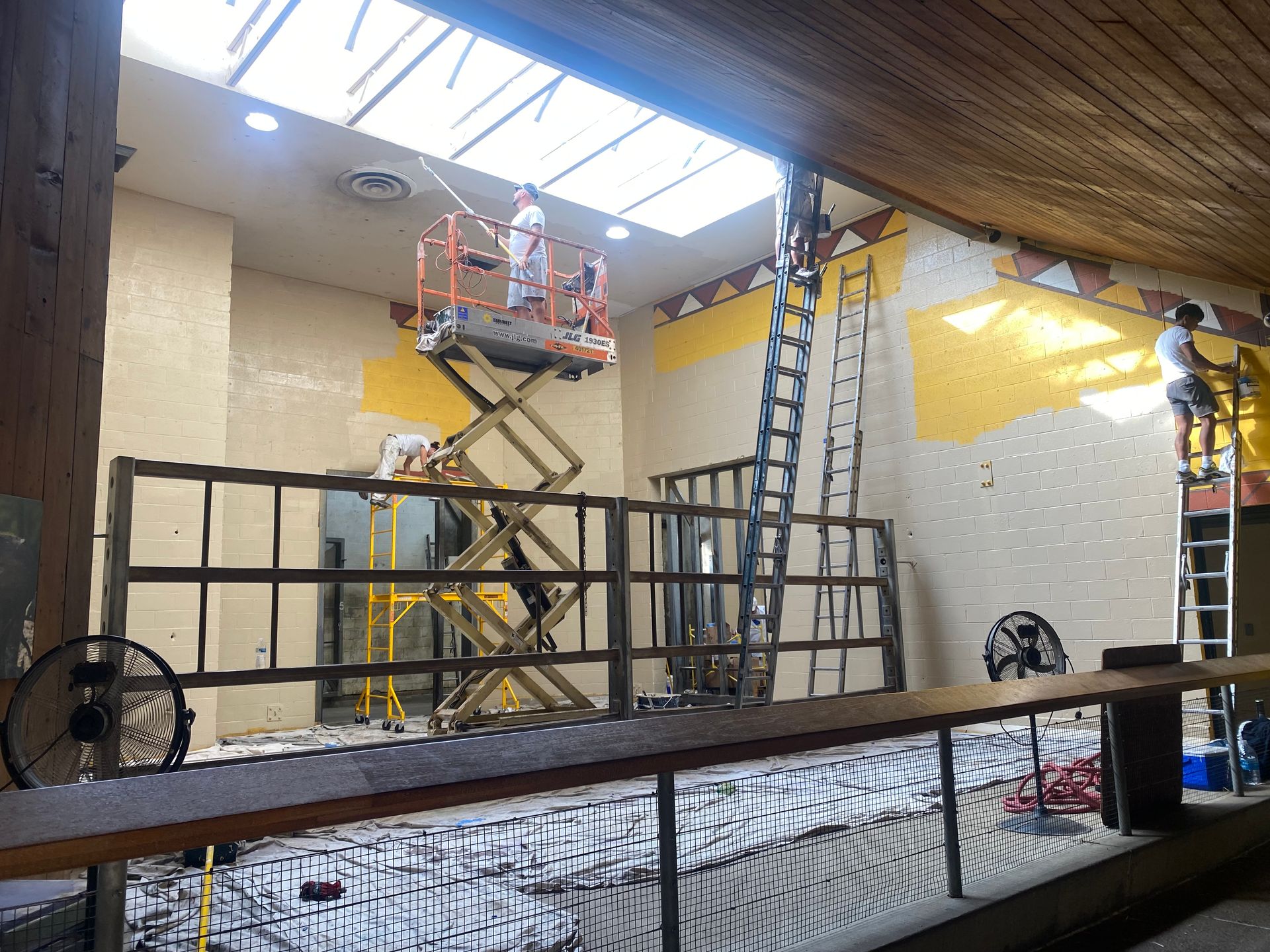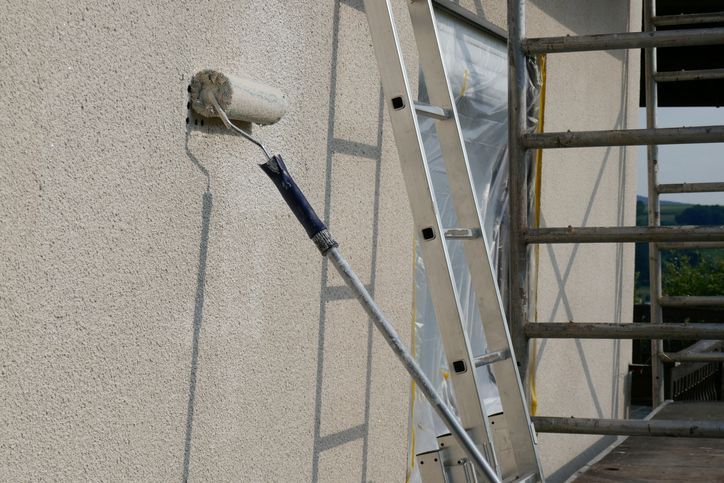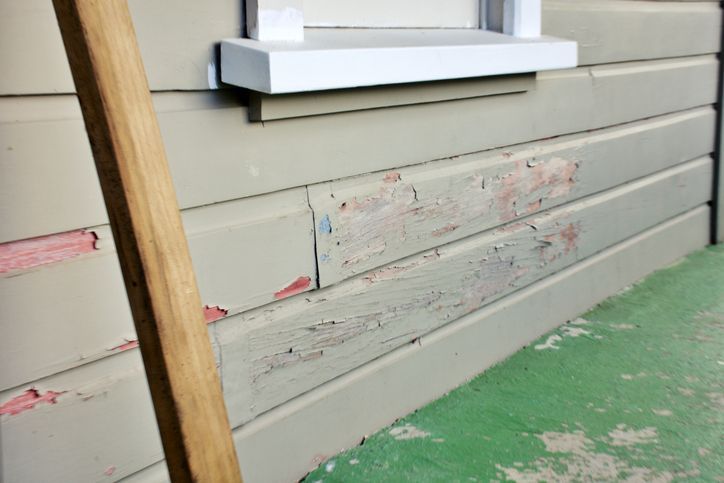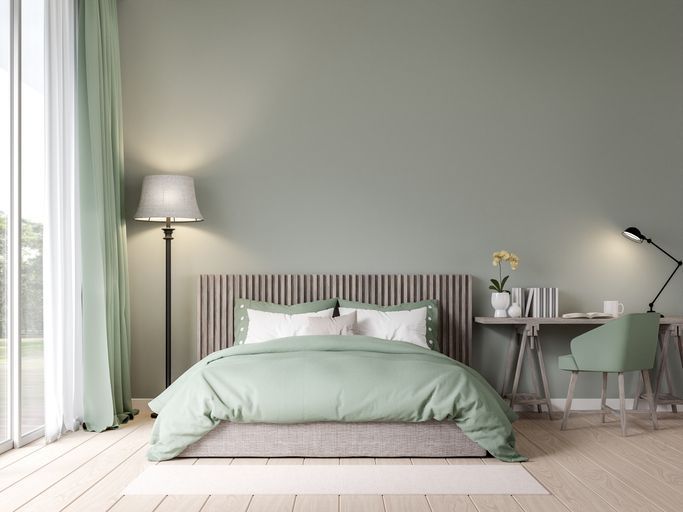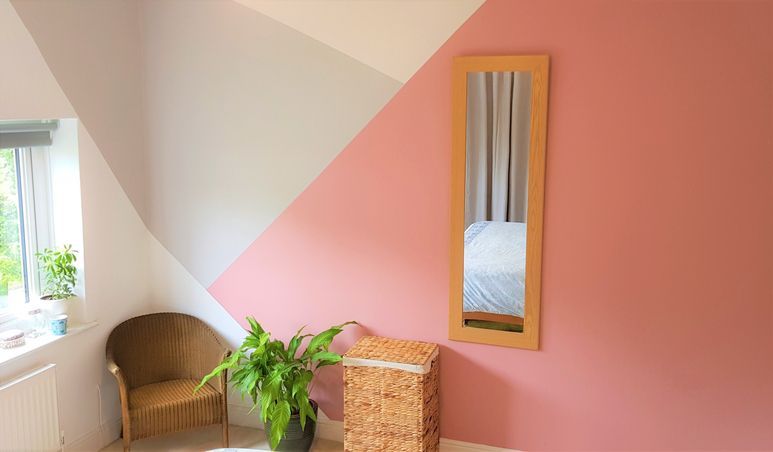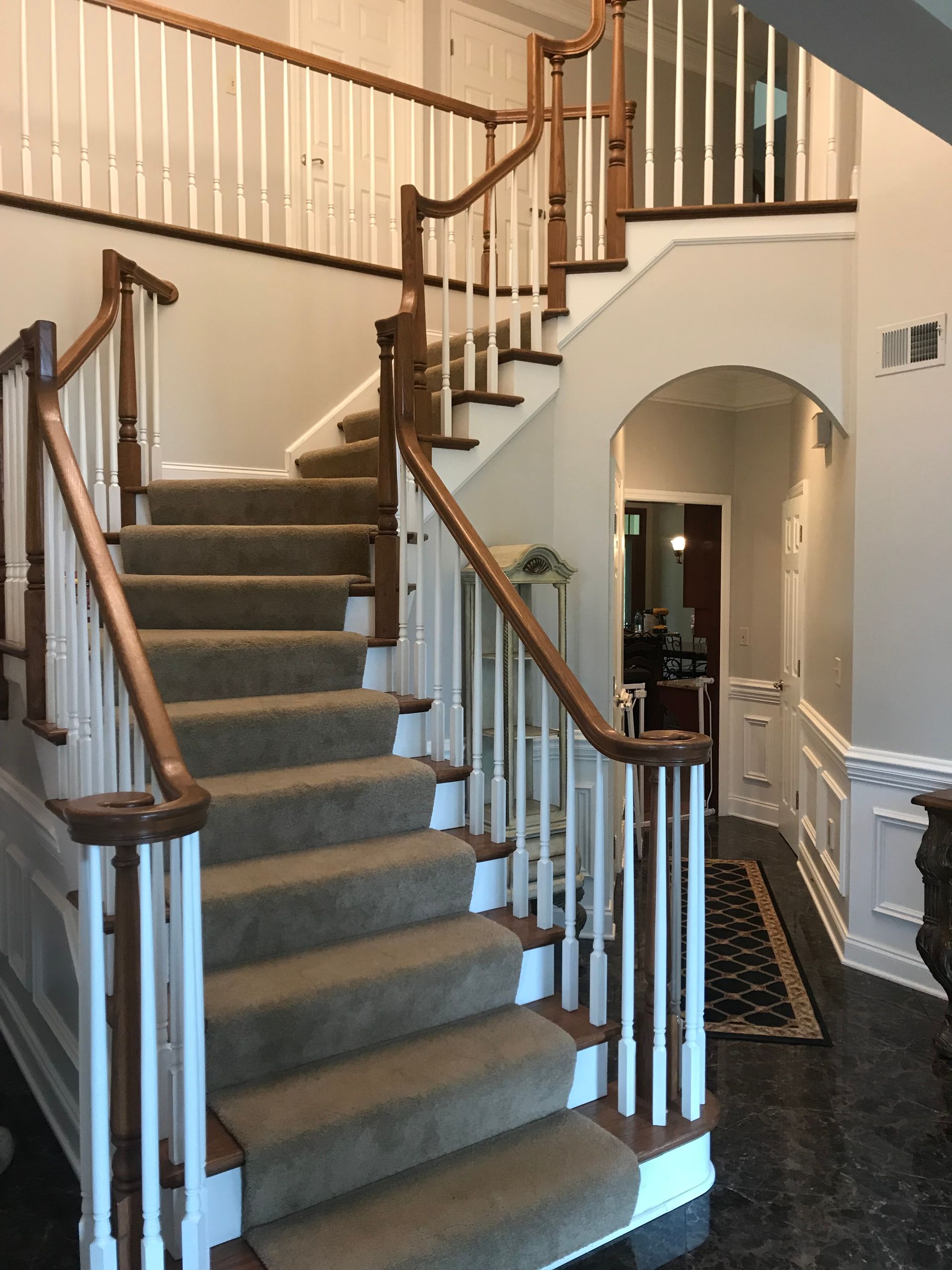How Often to Paint My Homes Exterior?
Besides the apparent signs of chipping and cracking, how do you know when it is time to repaint the exterior of your home? While there are a few easy-to-spot signs to watch out for, there are fewer visible signs that can cause issues as well. Before you begin painting, keep in mind that painting your home is a major task, so it may be best to search for “ painters near me ” to find a professional to complete the job for the best results.
 When and How Often Should You Paint?
When and How Often Should You Paint?
When it comes down to it, there is no set timeline for the homeowner to follow, because each home is different. Homeowners can follow rough guidelines, but it is essential to remember that t several factors can changes these guidelines drastically.
Some experts say you will need to paint the exterior of your home every five to ten years, depending on the climate, the quality of the last paint job, and the weather where you live. Each surface is different, which can affect how often you need to paint:
- Aluminum siding- roughly every five years.
- Stucco- lasts about five to six years.
- Wood siding- every four years for stain and every three to seven years for paint.
- Brick- Without paint, the brick will only need to be cleaned occasionally. If your brick is painted, the color will last anywhere from fifteen to twenty years.
Fiberboard siding- This type of material and other new material often does not need to be retouched as often as older materials. Fiberboard siding needs to be repainted roughly every ten to fifteen years.
Factors that Affect Your Exterior Paint’s Durability
Damage from the Elements
The weather can have a significant effect on the lifespan of your paint job. If you live in an area with hot summer and many trees or other shade do not cover your home, direct sunlight can cause fading and make the paint bubble. Harsh winter, high humidity, and heavy rain and snowstorms can also cause your exterior paint to age faster.
Maintenance on Exterior of the House
Preventative maintenance can help increase your paint job’s lifespan. Inspect your home regularly for signs of wear and tear such as dampness, chalkiness, rodent or insect infestations, mold, and rot.
By spotting these early, you can resolve the situation faster and in turn extending the life of your exterior paint. Other maintenance, such as washing off moss or dirt from the surface of your home, can prevent it from breaking down the paint.
Quality of the Previous Paint Job
Having detailed information about the last time your home was painted is essential because it can affect how long your paint job will last. The quality of the paint, type of paint, number of coats applied, and the shade of paint, as well as the time of year the house was painted, can all affect the durability of the paint job.
Preparing Your Home for New Paint
To make sure your next paint job lasts, there are a few steps you should take to prepare your home, including:
- Treat any spots of rotten wood, holes in stucco, cracks, mold, etc.
- Caulk seams fill in cracks, holes, or pits.
- Power wash or sandblast bubbling or peeling paint away from the surface.
- Allow the house to dry completely before painting.
- Prep the surface with primer before painting.
Keep on eye on the weather and try to paint when the temperature ins between 50 and 90 degrees.
Remember, painting a home exterio r is a big job, so it is always recommended to hire a professional if you can. At MasterBrush Painting, we provide professional exterior painting services to ensure you receive quality work that will last for years to come. Contact us today to learn more!

Author:
Henry Weber
Before starting Master Brush Painting in 1981, Henry worked at one of the top painting companies in Pittsburgh where he learned the trade from world-renowned experts. Since then expertise has satisfied clients in Pittsburgh and surrounding area as well as earning him awards such as the Angie's List Super Service Award.
